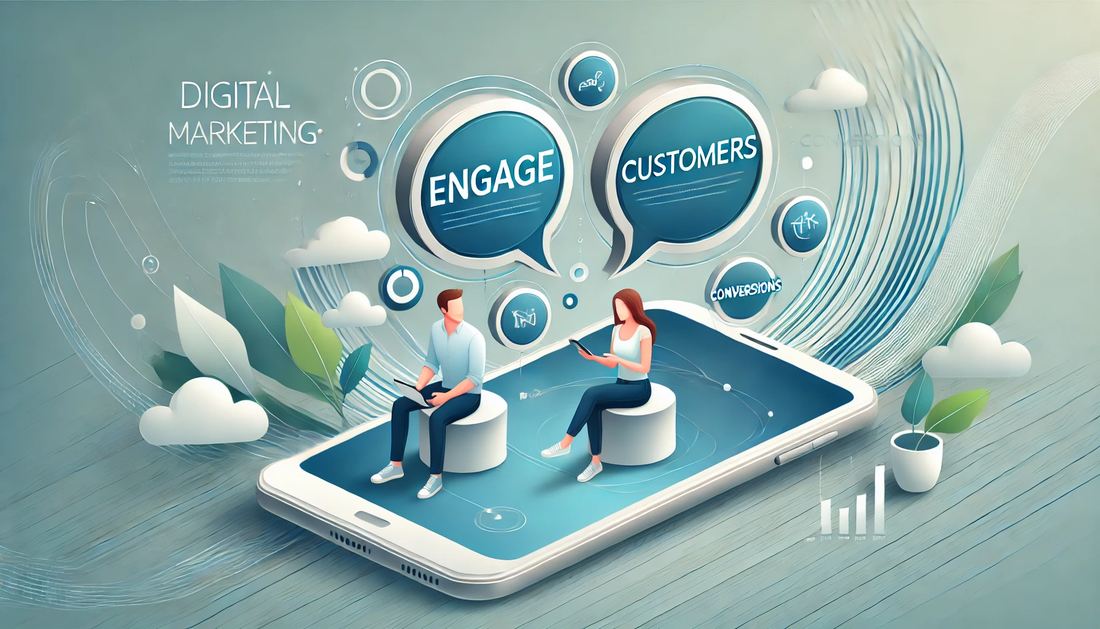Introduction to Conversational Marketing 💬🤖🌟:
Conversational marketing is a modern approach where businesses engage in real-time, one-on-one conversations with customers to enhance relationships 🤝 and boost conversions 🚀💥.
For startups with limited resources 💼, it's a perfect strategy because it leverages cost-effective tools like chatbots 🤖, messaging apps 📱, and live chat 💬 to create personalized customer experiences without the need for a large sales team 🧑🤝🧑.
Why is it great for startups? 🤔 Conversational marketing fosters authentic interactions, making it easier for startups to build trust 🤝 and nurture leads 🌱.
Plus, it’s scalable—meaning as your business grows 📈, so do the benefits of this strategy! 💪
Top 10 Real-Life Examples of Conversational Marketing Success 🚀🌟💡
- Drift – Used chatbots to engage site visitors, dramatically increasing conversions 📈🤖💥.
- Intercom – Built a conversational tool for seamless user communication and support 💬✨🌐.
- Slack – Uses in-app messaging to onboard and support users with personalized assistance 🤗🙌.
- HubSpot – Integrated chat for answering queries, enhancing customer experience 🧑💻💼💬.
- Sephora – Offers in-app messaging for product recommendations and personalized support 🛍️💅👗.
- Domino’s Pizza – Created a chatbot for ordering, making pizza delivery even more convenient 🍕🤖🚗.
- Whole Foods – Uses Facebook Messenger for recipe ideas and store information 🥗📱📖.
- H&M – Implemented chat on its app to provide style advice and recommendations 👗📲👠.
- Spotify – Uses a conversational interface to help users navigate playlists and recommendations 🎶💬🎧.
- Bank of America – Developed “Erica,” a chatbot for financial guidance and support 🏦💰🤖.
How Conversational Marketing Works 🔗💬🛠️:
Conversational marketing enables startups to be present where their customers are, whether that’s on social media platforms 📱, websites 🖥️, or messaging apps 💌.
By opening direct communication channels, startups can answer questions 📝, offer support 🤗, and guide potential customers through the buying process 💸.
For example, a startup could integrate a chatbot on its website 🌐 to handle FAQs, collect contact details 📝📲, or even recommend products based on user input 🛍️.
In simple terms, you’re turning your website or social media into a two-way communication hub 💬🌍, giving customers real-time solutions and personalized experiences 💖.
Benefits for Startups 🎯🌟🤩:
- Lower Marketing Costs 💸: Conversational marketing reduces the need for traditional advertising 📺 and lengthy email campaigns 📧 by offering direct communication with your audience 👥.
- Real-Time Customer Engagement 💬⚡: Instant feedback through chat increases the likelihood of converting a visitor into a customer 💸.
- Increased Trust and Credibility 🙌🏆: Direct conversations make customers feel heard 🗣️, improving credibility, especially for new brands 🌱.
- Access to a Larger Audience 🌍🎉: By utilizing messaging apps or social media platforms 📲, startups can reach a broader audience often at little or no cost 💥.
Challenges and How to Overcome Them 🚧🔧🛠️:
Despite its benefits, conversational marketing has its challenges. Startups may struggle with brand alignment 🧩, ensuring that the conversational tone stays on-brand while engaging directly with customers 🗣️.
Additionally, the competition for customer attention in digital spaces is fierce 📊🔥.
To overcome these challenges, startups should:
- Stay Consistent with Your Brand Voice 🗣️🎨: Whether using a chatbot or live chat, ensure your tone matches your brand values 💼.
- Select the Right Platforms 🎯📱: Focus on the platforms where your target audience spends their time ⏰.
- Be Responsive ⚡💬: The quicker you engage with potential customers, the better your chances of making a sale 💸.
Step-by-Step Guide to Implementing Conversational Marketing 📋🔍💼:
- Identify Where Your Audience Is 🕵️♂️👥: Determine the best platforms for your audience—whether it’s Facebook Messenger, WhatsApp, or your website 🌐.
- Choose Your Tools 🛠️🤖: Select chatbots or live chat solutions that suit your business needs. Tools like Drift, Intercom, or HubSpot offer scalable solutions 📈.
- Set Up Automation ⚙️💻: Implement chatbots for answering common customer questions, gathering leads, or routing queries to the right person 📲.
- Train Your Team 👨🏫🤗: Make sure your team understands how to engage customers through these tools and stay consistent with your brand voice 🗣️.
- Analyze and Optimize 📊🔍: Use analytics to measure performance, refine chatbot scripts, and improve response times ⏱️.
Tips for Maximizing Results 💪📈🚀:
- Personalization 👤✨: Use data to make interactions as personalized as possible. Customers appreciate when their preferences are considered 💖.
- Speed ⚡⌛: Instantaneous responses keep potential customers engaged. Chatbots can handle this effectively for startups with limited resources 🤖.
- Continuous Optimization 🔄🔧: Regularly analyze your conversations to see what works and what doesn’t. Tweak your strategies accordingly 📈💼.
Conclusion 🏁💡🎉:
Conversational marketing is a game-changer for startups 🌱, enabling them to build relationships 🤝, engage customers directly 💬, and boost conversions 🚀 without breaking the bank 💰.
By implementing these strategies, startup founders can replicate the success of established brands and make a lasting impression on their target audience 🥇👥.










